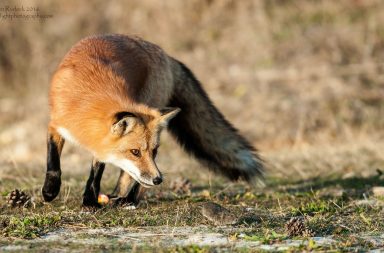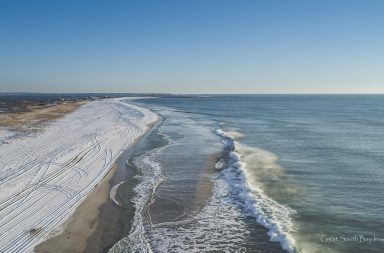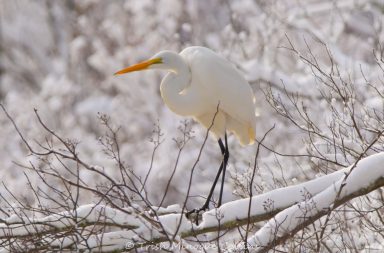Northern Harrier
Image:: You are driving by a field and a large bird catches your attention. It is flying low with long wings and a long tail. Suddenly it starts to hover over one spot and then, all of a sudden, it just drops to the ground out of sight.
Do you know what it might have been?”
If you had observed a white patch on the rump, you would know right away that what you had seen was a Northern Harrier. This raptor is 21-24 inches in length and has a 4-foot wingspan. The males are a pearly gray and in the past have been called the “gray ghost”. The adult females are brownish above with a dingy white/brown streaked breast, and the immature birds are brown on the back with rusty orange streaking on the breast.
The habitat the Harrier prefers is grassy or marshy areas (Dune Road, Quogue/Hampton Bays, Calverton), and were formerly called the “marsh hawk” because of this preference. The birds have an owl-like disk on the facial area, which may help them locate prey by sound as well as sight. It feeds on small mammals like voles, frogs, snakes, small birds & large insects.
The males, during courtship, put on a spectacularly acrobatic fight display. Pairs may be monogamous; however, when food supply is plentiful the males may be polygamous with up to 3 mates. Both sexes build the nest with the female doing most of the construction. Nests are usually on the ground (or up about 5 feet in a wet or marshy area) made with sticks and grass lined with soft material. There are usually 4 to 5 eggs laid and incubation is 31-32 days with the female sitting on the nest. The young are altricial and stay in the nest for 30-35 days being fed by both sexes. The female will tear the prey to feed the young chicks; however, if she dies before the chicks have fledged, the male will continue to bring food to the nest but will not tear it for the youngsters. Sometimes, this results in wasted food and hungry chicks.
So, if you are near a grassy field or a marshy area, and you see a long-winged bird flying slowly near the ground, look for the diagnostic white rump patch and you will know that you are seeing a Northern Harrier.

Dennis Guiney

Kerry O’Brien Lukowski

Russ Ogden

Russ Ogden

Mike Firestone

Heff Stoppe

Kerry O’Brien Lukowski

Mike Busch
More images on pages 2,and 3!



